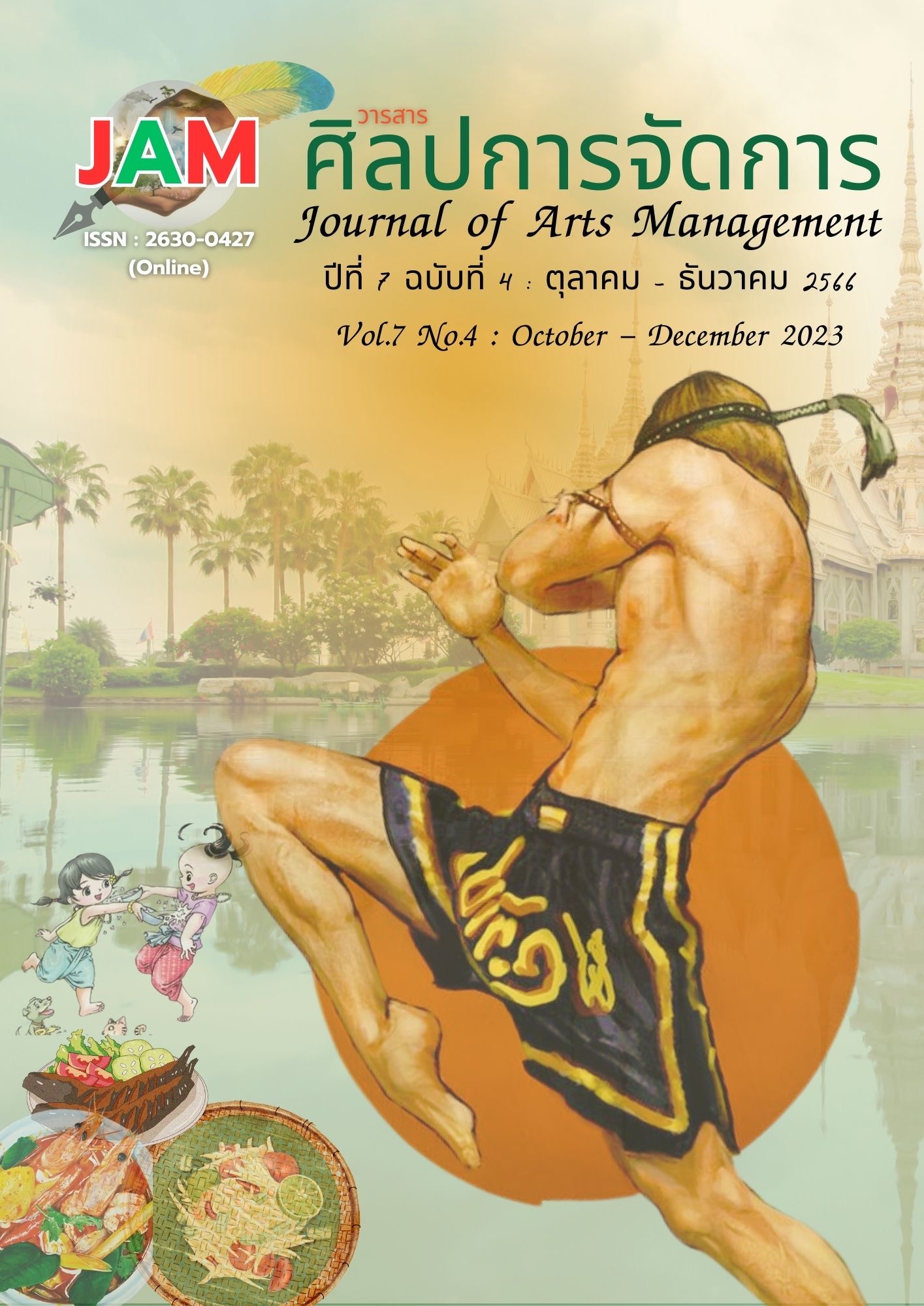The Relationship Between Health Product Literacy Among Grocery Store Operators Toward Unsafe Drug Selling: A Case Study of Don Kloi Sub-district, Phibun Ruk District, Udon Thani Province
Main Article Content
Abstract
This cross-sectional analytical study was aimed to 1) evaluate the health product literacy among grocery store operators, 2) explore factors associated with health product literacy among grocery store operators, and 3) explore the relationship between the health product literacy score and score of grocery store quality. The sample was 60 grocery store operators in the Don Kloi community. The statistics were percentage, mean, and standard deviation. The relationship analysis utilized the T-test, One-way ANOVA, and Pearson correlation with a significance level of 0.05. The result revealed that health product literacy among grocery store operators, the aspects that have a moderate to a high level such as understanding, behavior modification, information accessibility, inquiry interaction, and word of mouth. The aspect that has literacy at a low level is decision-making. The survey on selling drugs in grocery stores found that 46.7 percent of the stores do not sell the drug, 30.0 percent sell home medicine, and 23.3 percent sell an unsafe drug. 76.7 percent of the stores get a quality score of 8 scores. Factors that have a relationship with health product literacy among grocery store operators with statistical significance at a 95% confidence interval were the demand of customers, Sub-district health promoting hospital located far away, inconvenience traveling, not having knowledge or not being a professional, afraid of illegal, having educational materials about medicines sold in grocery stores, having an application for searching an information, using and access to the online media, awareness of news through the media of posters, get the medicine from a pharmacy, and has received inspection from officials within the past one year. The overview correlation between a score of health product literacy and a score of grocery store quality was inversely related at a low level with no statistical significance (r=0.0721, p=0.584).
Article Details

This work is licensed under a Creative Commons Attribution-NonCommercial-NoDerivatives 4.0 International License.
Views and opinions appearing in articles in the Journal of Arts of Management It is the responsibility of the author of the article. and does not constitute the view and responsibility of the editorial team I agree that the article is copyright of the Arts and Management Journal.
References
Cosmetic Act, B.E. 2558 (2015). (2015, September 8). Royal Thai Government Gazette. Vol. 132, Part 86 Kor, pp. 5-28.
Department of Disease Control, Ministry of Public Health. (2021). Manual for the Process of Creating Health Literacy in the Prevention and Control of Disease and Health Hazards. RNPP WATER CO., LTD. https://ddc.moph.go.th/uploads/publish/1188920211018040126.pdf
Department of Health, Ministry of Public Health. (2018). Health Literate Organization Principle. Department of Health, Ministry of Public Health.
Drug Act, B.E. 2510. (1967 (Revised Version)). https://drug.fda.moph.go.th/drug-act/drug-act-2510/
Food Act, B.E. 2522. (1979). https://food.fda.moph.go.th/media.php?id=536781463119601664 &name=law_act_TH.pdf
Hazardous Substances Act, B.E. 2535. (1992). https://en.fda.moph.go.th/cat2-health-products/ category/health-products-hazardous-substances
Health Administration Division, Ministry of Public Health. (2020). Rational Drug Use Community: RDU Community (2nd ed). Health Administration Division, Ministry of Public Health.
Jaroenkul, S., & Ruengorn, C. (2022). Health Product Literacy and Its Association with Appropriate Consumption of Health Products in General Population at Klongsamwa District, Bangkok. Thai Journal of Pharmacy Practice, 14(1), 154–172. https://he01.tci-thaijo.org/index.php/TJPP/article/view/249331
Kerdsri, K., & Lerkiatbundit, S. (2018). Relationship between Health Literacy and Self-Protection Ability among Consumers in Health Products. Thai Journal of Pharmacy Practice, 10(1), 239–248. https://he01.tci-thaijo.org/index.php/TJPP/article/view/171037
Kidpun, P. (2020). Principles of Health Product Classification and Guidelines of Borderline Products in Thailand and International. Thai Food and Drug Journal, 27(1), 4-12. https://he01.tci-thaijo.org/index.php/fdajournal/article/view/240384
Kreethathorn, R., & Arunakul, P. (2022). Health Product Literacy of Thai People. Thai Food and Drug Journal, 30(1), 80-97. https://he01.tci-thaijo.org/index.php/fdajournal/article/view/262472
Medical Devices Act, B.E. 2551. (2008). https://medical.fda.moph.go.th/media.php?id=478906519379910656&name=MEDICAL%20DEVICES%20ACT,%20%20B.E.%202551%20(2008).pdf
Nutbeam, D. (2008). The Evolving Concept of Health Literacy. Social Science & Medicine, 67(12), 2072-2078. https://doi.org/10.1016/j.socscimed.2008.09.050
Office of the Narcotics Control Board, Ministry of Justice. (2021). Narcotics Code. Bangkok Block Ltd., Part. https://en.fda.moph.go.th/media.php?id=517578787425230848&name=NARCOTICS-CODE-ONCB120666.pdf
Tanasugarn, C. (2017, January 24). Health Literacy. Faculty of Public Health, Mahidol University. http://doh.hpc.go.th/data/HL/HLO_chanuanthong.pdf
World Health Organization. (1998). Health Promotion Glossary. https://www.who.int/publications/i/item/WHO-HPR-HEP-98.1


